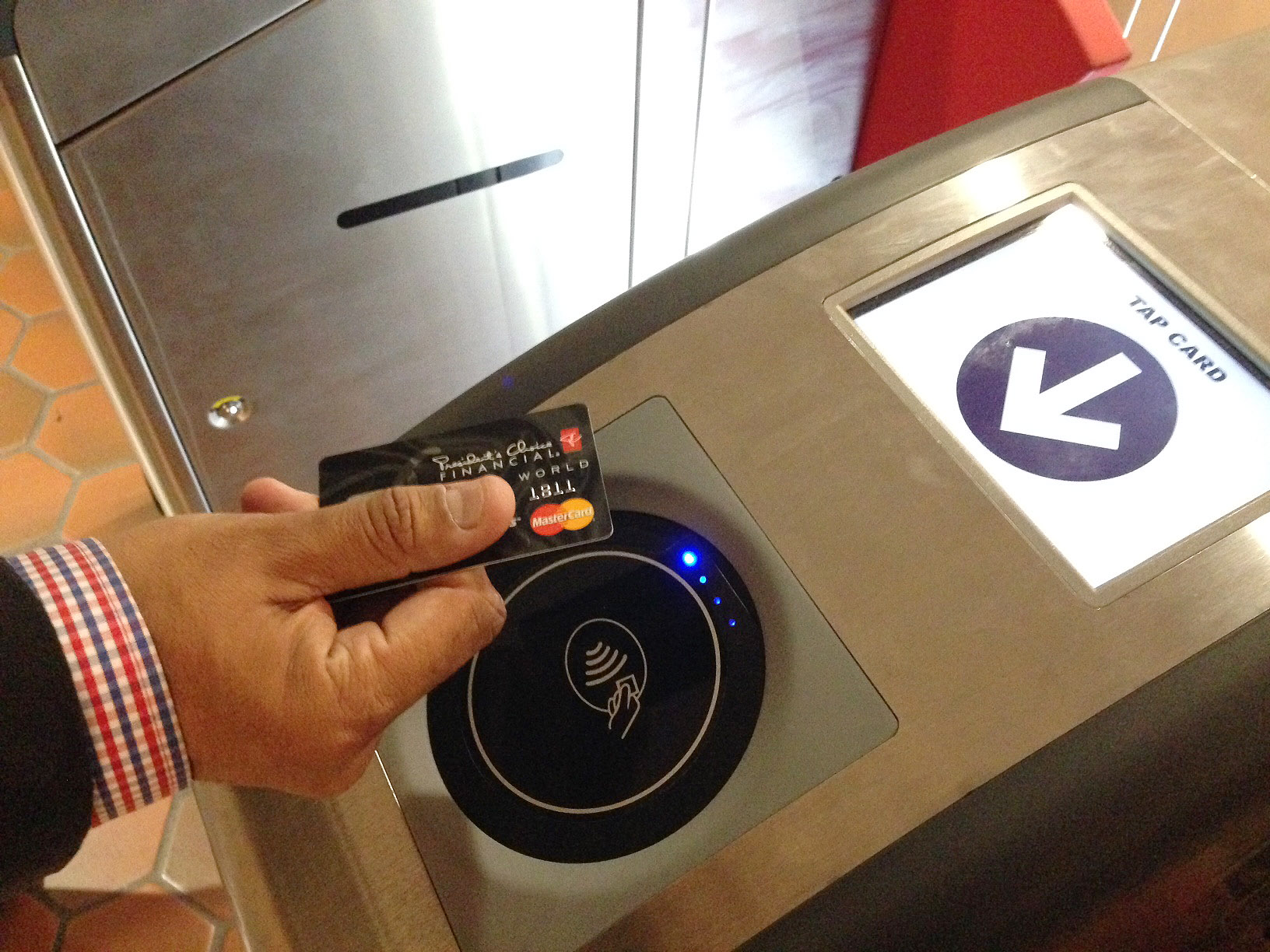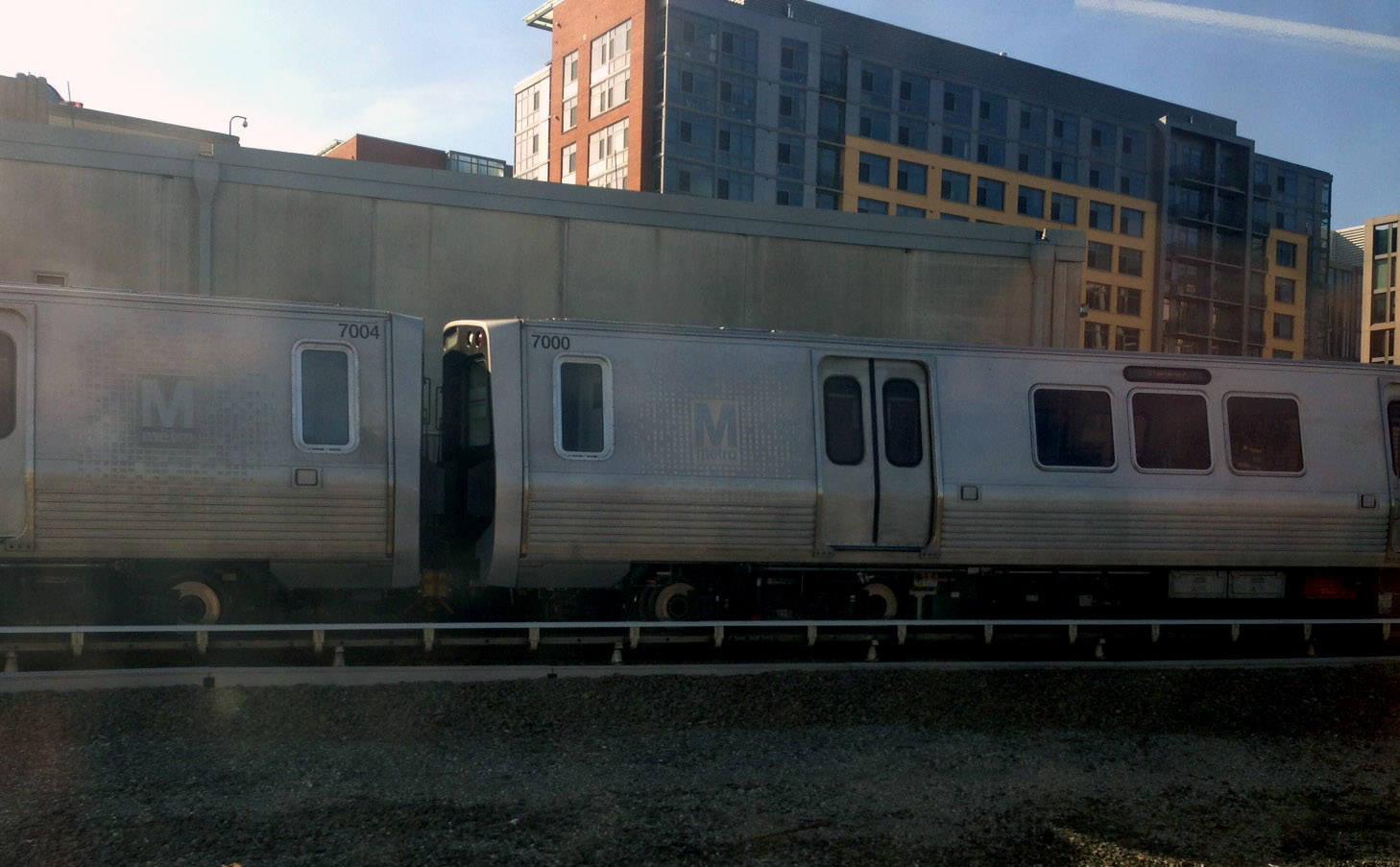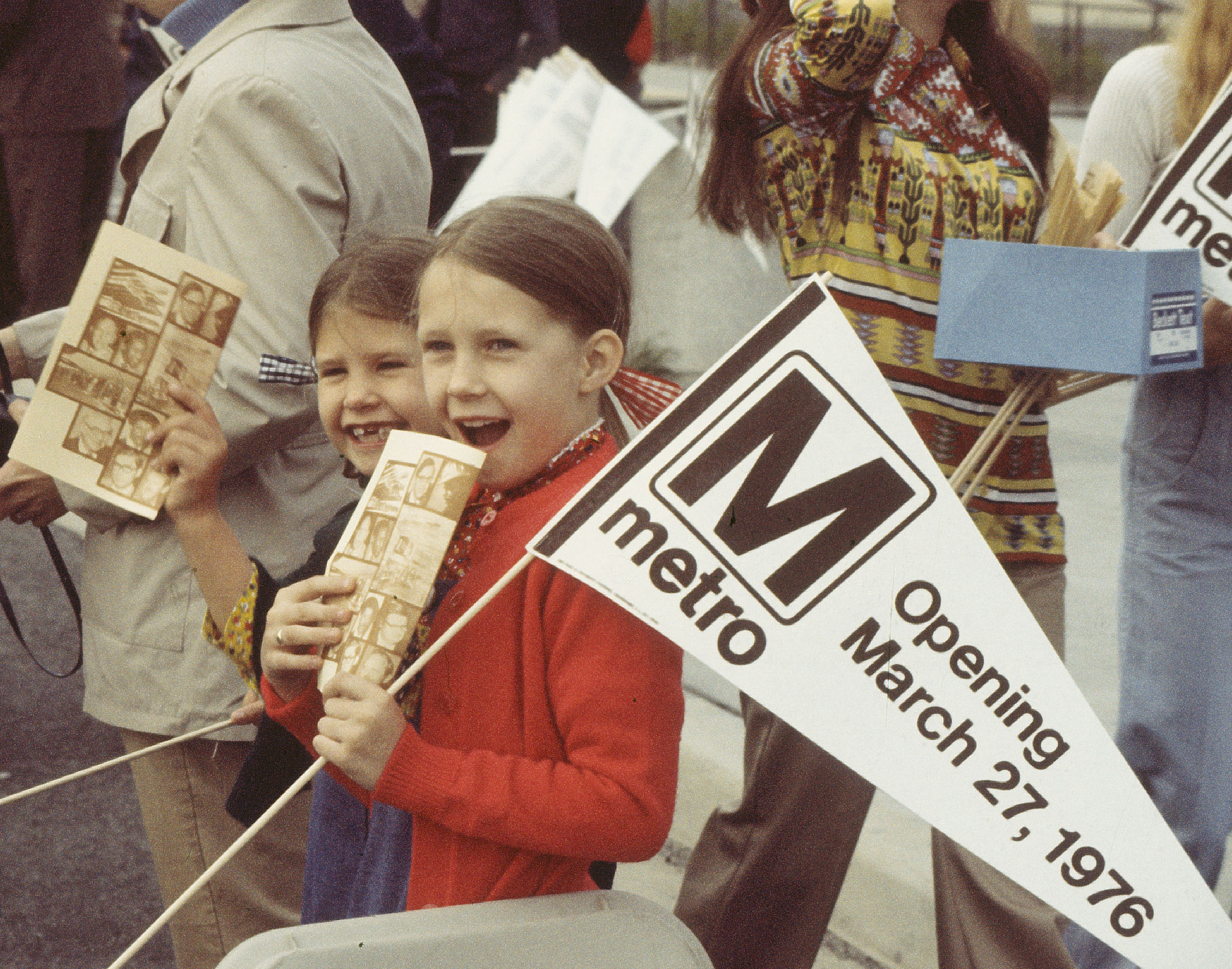WASHINGTON — A day after more than 100 Metrorail riders on a brand-new train got stuck in a tunnel near Rosslyn, some Metro leaders are concerned about whether federally mandated fixes to years of problems will keep today’s riders from ever experiencing the next generation of service.
“At the moment, we are focused on rebuilding the system, that is the top priority, but at some point, we are going to have to look ahead,” Metro Board Member Mort Downey says. He was the board’s chairman last year.
While Metro General Manager Paul Wiedefeld says the system has a lot of work to do just to catch up on old problems, the system also is bursting at the seams in some places at rush hour.
The new Blue Line train that got stranded about 100 feet before reaching the Rosslyn platform Thursday afternoon sat for more than an hour before passengers were able to get off. A Metro spokesperson on Friday didn’t have any additional details about the cause.
The tunnel has long been a bottleneck for Metrorail, limiting service on the Blue, Orange and Silver lines since all three share the tracks. It contributes to the massive crowding on many rush-hour trains through that part of Arlington, especially on the Blue Line which has had fewer trains ever since the Silver Line opened.
Metro has a long-term goal to at least separate the Blue Line at Rosslyn, and to potentially build more new tunnels under D.C. The plan would allow more trains to come in and out of the District from many Maryland and Virginia stations, but would cost billions of dollars.
“I hope we continue to keep our eye on that ball, and our ability, when we’ve got our act together, to come in and look for the long-term funding that we will need,” Downey says.
The Metro Board Finance Committee on Thursday approved Metro’s $950 million capital spending plan for the year starting in July.
It includes enough railcars for 12 more new trains to replace Metro’s oldest cars that the National Transportation Safety Board says are unsafe in crashes, as well as money for track improvements and other safety work.
While Metro has the outline of a medium-term six-year plan, it is due for a major overhaul by January after a new analysis is completed of the system’s true needs.
The six-year plan, and a multibillion dollar funding agreement for it, will have to be approved by local jurisdictions and the federal government.
“If we don’t have that six-year agreement we’ll just be lurching along forever,” Downey says.







